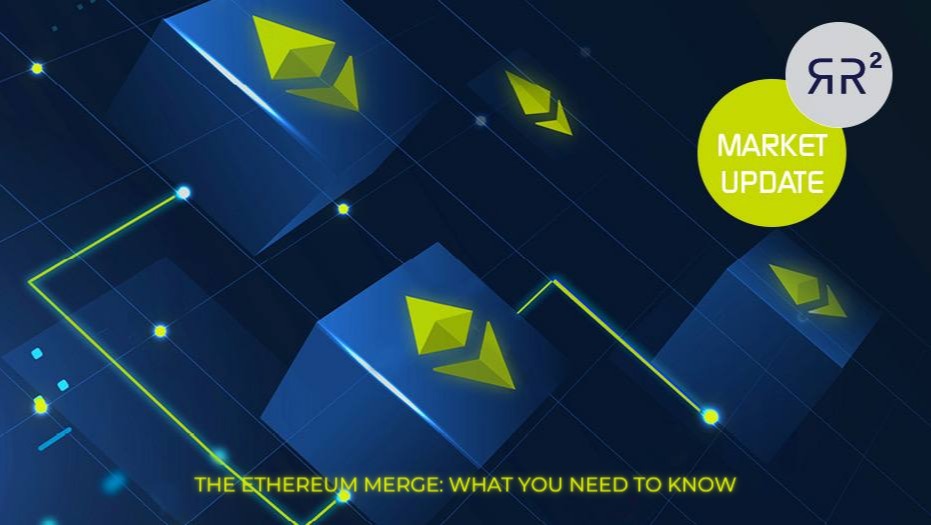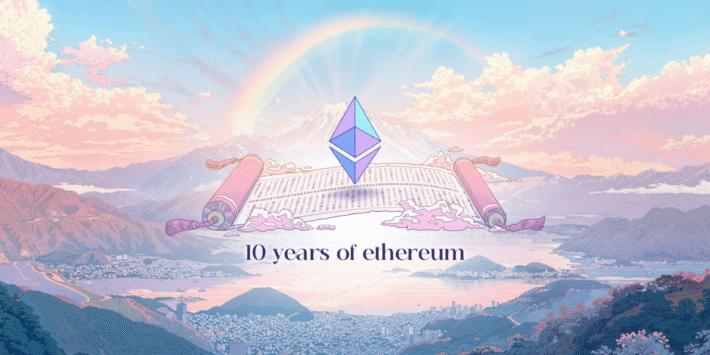The Ethereum Network, a decentralized blockchain network best known for its native cryptocurrency, Ether or ETH, is making moves to become more environmentally friendly, more secure and more scalable.
The Ethereum Network currently runs an energy intensive Proof-of-Work (PoW) consensus. Through The Merge, however, the Ethereum Network will switch to a more sustainable Proof-of-Stake (PoS) consensus. The carbon emissions that Ethereum produces due to its Proof-of-Work consensus are just far too conspicuous to be ignored in this day and age, when climate change and activism is more present than ever. The Merge is expected to reduce Ethereum’s energy consumption by 99.95%.
The much anticipated Ethereum Merge is expected to take place in September 2022, but here’s what you need to know in the meantime.
Proof-of-Work vs Proof-of-Stake
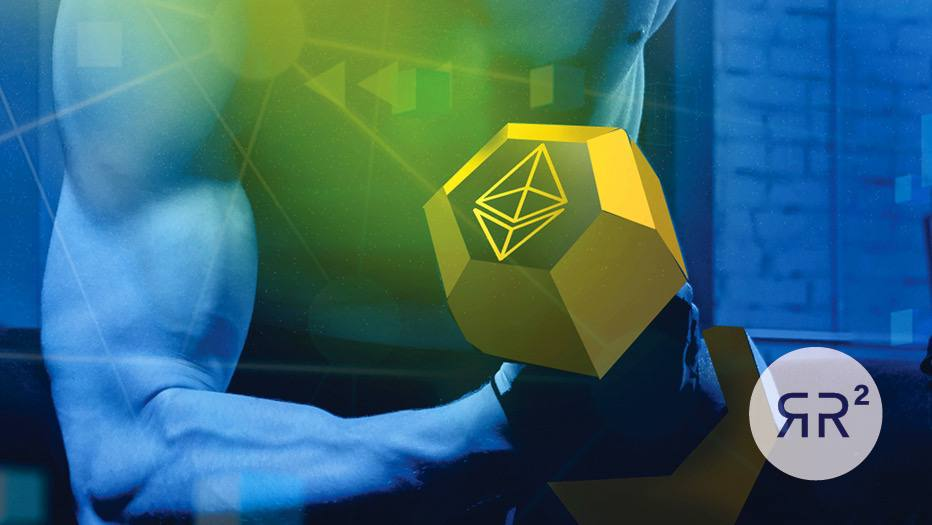
Before we dive into The Merge, we feel the need to break down these two crypto consensus mechanisms to gain a better understanding of The Merge and its long-term significance.
Proof-of-Work
Is a consensus mechanism which requires users to solve complex mathematical problems to validate transactions and secure the network. Miners and energy make up the foundation of Proof-of-Work blockchain. Miners are people or organizations that are responsible for the upkeep of the network by operating and managing nodes. While this method is effective, it is not efficient at all. In order for miners to have any chance of successfully mining blocks and collecting rewards, they need to invest large quantities of energy and equipment.
Proof-of-Stake
Staking in a Proof-of-Stake consensus mechanism performs a function comparable to mining in a Proof-of-Work consensus. The Proof-of-Stake consensus requires networks to have validators who will stake their own digital assets in return for the ability to validate new transactions. In Proof-of-Stake, validators are chosen at random, so there is no need for miners to compete with one another to solve complex problems.
Instead of having to rely on miners, users can stake a cryptocurrency and become validators. Validators provide a function that is analogous to that of miners in that they verify transactions and ensure that the network is not handling any fraudulent transactions.
This makes a Proof-of-Stake blockchain more environmentally friendly, producing a smaller carbon footprint.
Why Is The Ethereum Network Moving Away From Proof-of-Work?
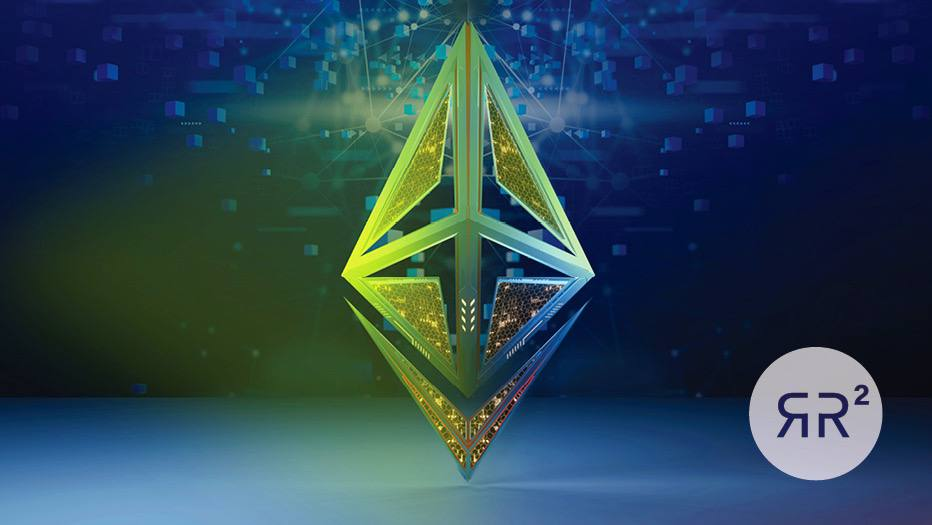
Here are a few nuisances with the Proof-of-Work consensus mechanism:
Energy Consumption
PoW systems are notoriously energy intensive. It’s estimated that Bitcoin consumes electricity at an annualized rate exceeding the entire annual electricity consumption of Norway. Even if part of this activity is driven by renewable energy sources, the Bitcoin Networks energy consumption is growing as the number of Bitcoin miners increase. Proof-of-Stake drastically reduces the energy needed and eliminates the need for expensive mining equipment.
51% Attacks
If one mining organisation is able to accumulate 51% of a network’s mining hashrate, this can cause problems such as double-spending coins and blocked transactions.
Centralization
PoW is all about decentralization, however, if just a few mining pools control more that 50% of a network, is that network really decentralized?
These are just some of the reasons why The Ethereum Network is transitioning to a Proof-of-Stake consensus.
What is Ethereum 2.0?
Ethereum 2.0, also referred to as Eth2 is a much anticipated upgrade to the Ethereum Blockchain. The upgrade is expected to improve the speed, efficiency, and scalability of the network, allowing it to avoid bottlenecks and handle a large number of transactions at the same time.
The upgrade is expected to improve the speed, efficiency, and scalability of the network, allowing it to avoid bottlenecks and handle a large number of transactions at the same time. As of January 2022, the term Ethereum 2.0 or Eth2 no longer exists. The Ethereum Foundation recently announced that it would stop referring to the upgrade as Ethereum 2.0.
The rebranding is said to show that the upgrade to the network is simply an update and not the creation of an entirely new network. As a consequence of this, Eth1 is now known as the “execution layer,” which handles transactions and execution. This is also where smart contracts and network rules are located. On the other hand, Eth2 is known as the “consensus layer,” which handles Proof-of-Stake consensus.
When Is The Ethereum Upgrade happening?

The Etherum upgrade will happen in various stages. The first stage was the Beacon Chain going online in December 2020. The transition of the Ethereum network to a PoS consensus mechanism is made possible, in large part, by the Beacon Chain’s implementation of native staking on the blockchain. This blockchain operates independently from the Ethereum Mainnet.
The second stage is called “the Merge.” During this stage Ethereum will transition to a Proof-of-Stake system.
Read on as we discuss the next stages of the Ethereum upgrade.
What Is The Ethereum Merge?
Ethereum, the second-largest cryptocurrency by market capitalisation, will soon be moving into the next phase of its major upgrade (formerly known as Ethereum 2.0). This will occur as the network’s entire blockchain moves to a Proof-of-Stake system, which will make the network more sustainable, more secure and more scalable.
The network has already begun the process of utilizing Proof-of-Stake with the Beacon Chain since December 2020 and has been operating it in parallel with the Ethereum Mainnet Proof-of-Work system. During this next phase, the Beacon Chain will merge with the current chain (Ethereum Mainnet Chain).
Why Is The Ethereum Merge Important?
Proof-of-Work is utilized by Mainnet, the blockchain that has been in operation since the start of Ethereum in 2015, to safely verify new transactions. The Proof-of-Work consensus requires a large amount of computing power to solve complex problems for block production. While this approach is utilized by many cryptocurrencies, including Bitcoin, it requires too much energy to be sustainable long-term.
The Proof-of-Work system used by Ethereum currently consumes the same amount of electricity over the course of a year as some countries do over the same period of time.
Currently, a single Ethereum transaction uses as much as 238.22 kilowatt-hours (kWh), while only 148.63 kWh is required for 100,000 VISA transactions.
What Will Change With The Ethereum Merge?
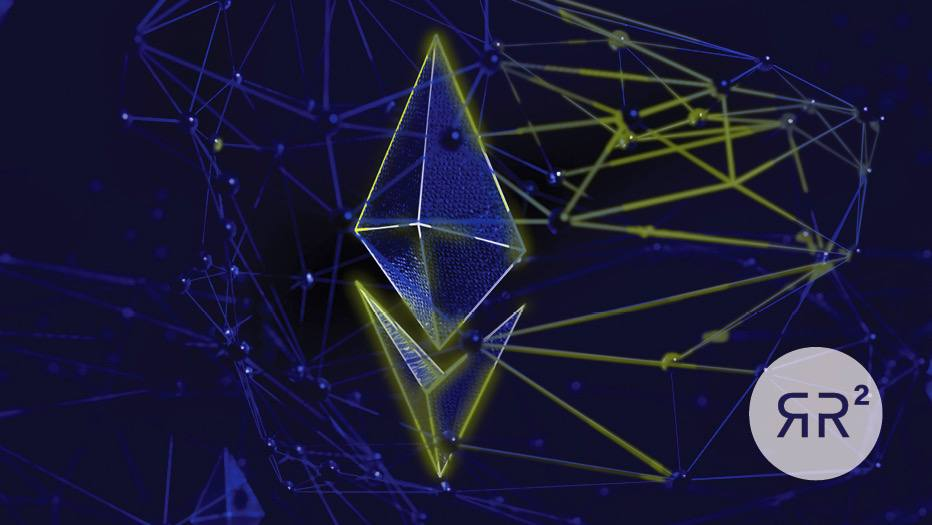
The End Of Ethereum Mining
Once The Merge is complete, Ethereum will move from a Proof-of-Work consensus to a Proof-of-Stake consensus. This means that it will no longer be possible to verify transactions on Ethereum Mainnet through mining. Instead, active validators on the Beacon chain will be responsible for confirming any new transactions, as they occur.
As a result of the elimination of mining incentives, which are far higher than Ethereum staking rewards, the rate at which new coins are added to circulation would reduce by around 90 percent. The amount of energy that is required to keep Ethereum running will also decrease drastically.
What Do I Need To Do To Get Ready For The Ethereum Mege?
The Merge is one of the most anticipated upgrades in the history of Ethereum, and its long-term influence will be felt by everyone. As a user or hodler, here’s what you need to know to be fully prepared:
Ethereum users and hodlers
You’ll be happy to know that you don’t need to do anything to protect your funds before The Merge occurs. If you are a user or holder of ETH or any other digital asset on Ethereum, or a non-node-operating staker, you do not need to take any action with your assets or wallet prior to The Merge.
After making the switch to Proof-of-Stake, Ethereum’s entire history will be transferred despite the elimination of Proof-of-Work. Once The Merge is complete, you will still have access to any assets that were previously stored in your wallet before The Merge.
As we edge closer to The Merge, users and hodlers should be on high alert for scams. There’s no doubt bad actors will be trying their best to take advantage of uninformed users. Do not send your ETH or other assets anywhere in an attempt to participate in the upgrade. You do not need to send your funds anywhere before or after The Merge. Your funds are safe as long as they are in your wallet.
If, however, you’re an Ethereum miner, you’ll be out of a job, and you’ll have to mine something else.
Staking node operators and providers
There are a few things that you need to be aware of in order to be prepared for The Merge if you are a stakeholder who runs your own node setup or a node infrastructure provider. The most important action items include:
- It’s necessary to run clients for both the consensus layer and the execution layer after The Merge, as third-party endpoints to acquire execution data will no longer be accessible after The Merge.
- Authenticate both execution and consensus clients with a shared JWT secret to communicate securely.
- Set a fee recipient address to receive earned transaction fee tips/MEV.
If you don’t do the first two points above, your node will be considered “offline” after The Merge until both layers are synchronized and verified.
Non-validating node operators
If you are running a non-validating Ethereum node, The Merge will require you to run clients for BOTH the execution layer AND the consensus layer.
Dapp and smart contract developers
The Merge has been designed to have minimal impact on smart contract and dapp developers. There are, however, a few things to be aware of. Changes have been made to consensus as a result of The Merge. These changes also relate to:
- Block structure.
- Slot/block timing.
- Opcode changes.
- Sources of on-chain randomness.
- Concept of safe head and finalized blocks.
Common Misconceptions About The Ethereum Merge
Running an Ethereum node requires staking 32 ETH
This is not true. Anyone is free to run their own node. No ETH is required. To keep the network from becoming centralized, it is essential that anyone can run their own node.
The Merge is set to reduce gas fees
This is not accurate. The Merge is a change from a Proof-of-Work to a Proof-of-Stake consensus mechanism. Gas fees are a product of network demand. The Merge will not result in lower gas fees.
The Merge will cause downtime of the chain
This is false. The Merge upgrade is designed to transition from Proof-of-Work to Proof-of-Stake with no downtime. The Ethereum Foundation has put in an immense amount of work to ensure the transition to Proof-of-Stake does not disrupt the network or its users.
The Merge will increase the speed of transactions
Apart from some minor adjustments, the transaction speed on the mainnet will be very similar to how it was before The Merge.
Will The Ethereum Merge Cause The Price Of ETH To Go Up?
Since the beginning of 2022, the price of ETH has decreased by around 60 percent. Many crypto enthusiasts are keeping their fingers crossed that The Merge will bring the price back up. This has been an issue that has been heavily discussed in the crypto industry over the past few months.
There are various reasons many believe The Merge will cause the price of ETH to rally. One of the most popular theories is that if Ethereum were to drastically reduce its carbon footprint (which The Merge will do), it would be more attractive for large companies and firms to both invest in ETH and develop on the Ethereum blockchain.
Another popular argument is that mining ETH is incredibly expensive, largely due to the price of electricity and the fact that the price of ETH has decreased so dramatically during the current bear market. As a result, many Ethereum miners have been struggling to remain profitable. This has forced miners to sell the majority of the ETH they generate from mining to cover the hefty cost of mining operations. As a result, this has created a daily selling pressure of millions of Dollars.
Once Ethereum transitions to a Proof-of-Stake model, network validators or network participants (previously miners) won’t be required to sell all of the ETH they earn. This is because validating blocks is significantly less expensive than a mining operation.
When Will The Ethereum Merge Happen?
The Merge is expected to happen sometime in September 2022. According to the Ethereum Foundation, client developers are currently working to a soft deadline of 19 September 2022, but this could change depending upon the success of the final testnet merge (Goerli) in mid-August.
What Happens To Ethereum After The Merge?
The Merge will mark the end of Ethereum’s Proof-of-Work system and the start of a new, more sustainable and eco-friendly era for Ethereum. Many people believe that The Merge is the final upgrade for the network. This is, however, not the case. The Merge is just one of the five stages of the protocol’s incoming development.
Ethereum co-founder Vitalik Buterin recently shared that Ethereum will only be 55 percent complete post-Merge. Following The Merge, other upgrades will include: The Surge, The Verge, The Purge and The Splurge.
The Merge
The Merge of Ethereum’s existing mainnet with the Beacon Chain. The network will undergo a transformation from Proof-of-Work to Proof-of-Stake.
The Surge
The Surge will introduce sharding on Ethereum. Sharding is a scaling approach that would split the network into distinct divisions referred to as “shards.” This will significantly increase the network’s scalability.
The Verge
This phase refers to the introduction of “verkle trees.” This is intended to optimise data storage and reduce Ethereum node size.
The Purge
The Purge will reduce hard drive space needed for validators, ultimately streamlining network congestion.
The Splurge
This is the last upgrade and is intended to ensure that the network runs smoothly after the previous upgrades. The network will, no doubt, undergo significant testing during this period.
Vitalik Buterin said that Ethereum “will be able to process 100,000 transactions per second,” by the end of this roadmap.
The Ethereum Surge Explained
The Surge upgrade is planned to follow The Merge of Mainnet with the Beacon Chain. The Surge will introduce new systems designed to make the Ethereum Network more scalable. The Surge will enable layer 2 scaling solutions to provide low transaction fees while leveraging the security of Ethereum.
The implementation of sharding is expected to take place during this phase. Sharding is a technique that would essentially divide the Ethereum’s network into smaller parts referred to as “shards.” Sharding will make the network more scalable, by dissecting data within the same blockchain, creating various smaller or mini-blockchains. Sharding will work in conjunction with rollups, which ’roll up’) hundreds of transactions into a single transaction on layer 1. By splitting the burden of handling the large amount of data needed by rollups over the entire network, this will reduce network congestion and increase the speed of Ethereum transactions.
Ethereum developers expect sharding to take place in 2023. This will, however, depend on how quickly work progresses after The Merge.
Ethereum Price Predictions Post-Merge
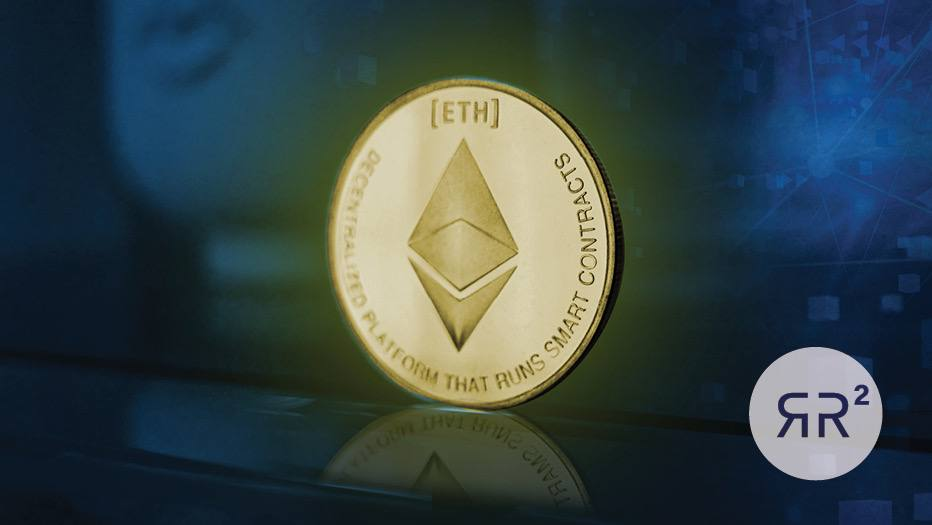
BitMEX’s founder Arthur Hayes has predicted that the price could reach as much as $5,000 in 2022 if The Merge upgrade is successful and the Federal Reserve continues to print money.
“I will use $5,000, the psychological barrier Ether fell just short of at that time, as my price target for this scenario. I believe this is a conservative estimate, because the structural changes to the demand/supply dynamic will never be fully priced in a priori– just like how the Bitcoin halvings continuously produce positive returns, even though we know well in advance when they will occur,” said Hayes.
Hayes also went on to explain that the pace at which Ether is produced every year will be cut by almost 90% under the new Proof-of-Stake system. This means that we will be looking at a fast diminishing quantity of Ether as a result of this change which could potentially boost the price of Ether.
Staking Ether will, no doubt, reduce the circulating supply of ETH. As of May 2022, the total staked Ether on the Beacon Chain amounts to over 13 million staked ETH, effectively removing over 10% of the coin’s total circulating supply. Many experts believe that this factor, combined with The Merge and other upgrade stages, will cause the price of ETH to skyrocket over the next few years.
Other well known crypto personalities including Mark Cuban and Travis Kling, have also made public statements about how they believe the upcoming Merge will be bullish for the price of ETH. While Hayes, Cuban and Kling seem optimistic, some other industry experts don’t share the same views.
Managing Director of Digital Capital Management, Ben Ritchie, sees ETH closing out 2022 at $1,800. Ritchie does, however, believe that Ether has the potential to explode over the next few years once all the stages of the new Ethereum upgrade have been completed.
“Since Ethereum’s correlation to Bitcoin is still high, we can speculate that if Merge happens before the year-end, its price may decouple. However, the outside economic factor is vital, bringing hurdles to the short-term price action. We also estimate that the Ethereum price will reach as high as $15,000 in 2030 due to the upcoming upgrades to the ETH’s tokenomics, such as deflationary emissions and scalability. The big speculation is whether it will outperform and “flip” Bitcoin in the medium to long term,” said Ben Ritchie.
Right now, however, all we can do is wait. All eyes await the much-anticipated Merge.
At RR² Capital, we’re a pioneering Venture Capital (VC) firm empowering the ‘new internet’. To date, we’ve successfully invested in over 140 projects. Our mission is to capture value by investing in early stage projects and teams who are leading innovation and disruption within the Web 3.0 space.
For more information about RR² Capital and our expansive disruptive technology-focussed investment portfolio, visit our website here or send us a mail here.

